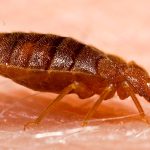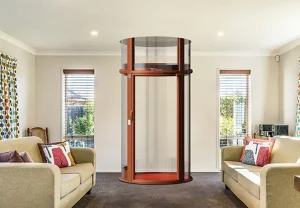
Springleaf Residence is a prime example of sustainable architectural innovation in modern residential development. The project incorporates ecological principles throughout its design framework, focusing on creating homes that minimise environmental impact while maximising comfort for residents. From its foundation to its rooftop features, sustainability isn’t merely an afterthought but the core philosophy driving design decisions. Integrating green technology and natural elements creates a harmonious balance between contemporary living spaces and environmental stewardship.
Smart energy solutions
Springleaf Residence utilises cutting-edge energy management systems that reduce consumption while maintaining optimal comfort. for Springleaf Residence visit springleaf-residences.com.sg to see detailed system specifications. Its orientation reduces heat gain during warmer months, which results in lower cooling demands. The energy efficiency measures include:
- Triple-glazed windows that provide superior insulation against heat transfer
- Rooftop solar panels generating clean electricity for common areas
- Energy-efficient LED lighting fixtures throughout all spaces
- Smart home automation systems that adjust energy usage based on occupancy
- Thermal insulation materials that exceed industry standards
Water wisdom
The water conservation strategy at Springleaf Residence goes beyond basic fixtures. The comprehensive approach begins with rainwater harvesting systems that collect precipitation for landscape irrigation and non-potable uses. Innovative greywater recycling technology treats and repurposes water from showers and sinks, directing it to toilet flushing systems and outdoor irrigation. Drought-resistant landscaping surrounds the property, reducing water needs while maintaining lush green spaces. Every bathroom features water-saving fixtures that maintain excellent performance while consuming substantially less water than conventional alternatives.
Sustainability in construction starts with material selection. Springleaf Residence prioritises locally sourced materials that reduce transportation carbon footprints while supporting regional economies. The construction team selected non-toxic, low-VOC materials for interior finishes, ensuring healthy indoor air quality for residents. Recycled and renewable materials are prominently featured throughout the development. Each material choice, from structural elements containing recycled steel to bamboo flooring options, reflects a commitment to resource conservation and environmental protection.
Natural ventilation design
The architectural layout maximises airflow by strategically placing windows, doors, and interior walls. This passive cooling approach significantly reduces the need for mechanical cooling systems during moderate weather conditions. Key ventilation features include:
- Cross-ventilation pathways are designed into floor plans
- Operable windows positioned to capture prevailing breezes
- Ceiling heights optimised for thermal stratification
- Atrium designs that create a natural stack effect for vertical air movement
- Shaded outdoor spaces that pre-cool incoming air
Communal areas within Springleaf Residence transform sustainability from individual practice to collective benefit. Shared gardens provide opportunities for residents to grow produce, fostering community connections and sustainable food practices. The landscaping incorporates native plant species that support local biodiversity and provide natural cooling through transpiration. Outdoor recreation areas utilise permeable surfaces that allow rainwater to replenish groundwater rather than contributing to runoff naturally.
Building with future generations in mind
Springleaf Residence was designed with adaptability as a core principle. The structural system allows for future modifications without major reconstruction, extending the building’s useful life. Modular interior components can be reconfigured as residents’ needs change, preventing unnecessary waste from renovations. The development incorporates infrastructure for emerging technologies, ensuring that sustainability performance can improve over time with technological advancements. Sustainable buildings adapt to changing environmental conditions and human demands. Through these integrated sustainability features, Springleaf Residence demonstrates how residential design can prioritise ecological responsibility without compromising on comfort, aesthetics, or functionality.







